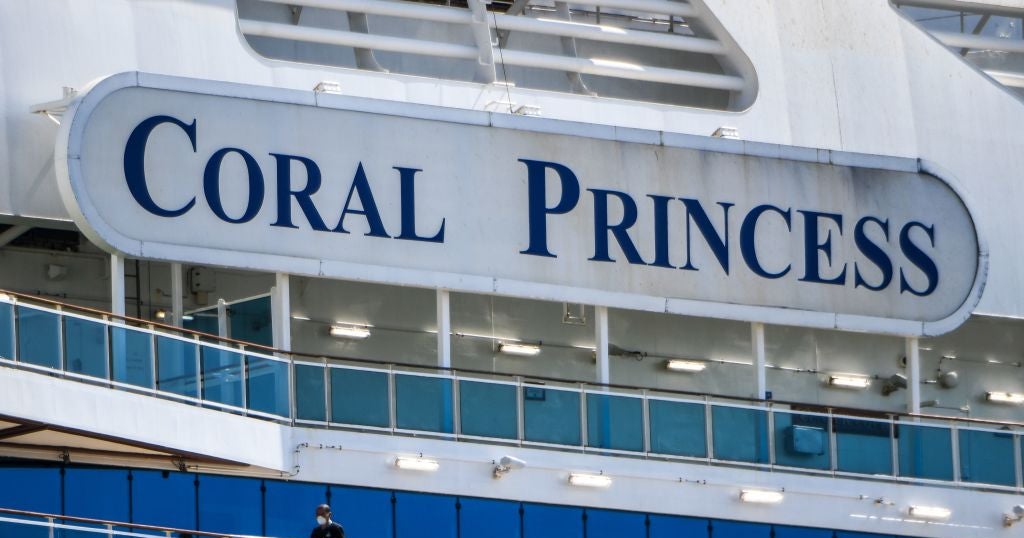NTSB finds probable cause of deadly Seattle duck boat crash
WASHINGTON, D.C. -- The National Transportation Safety Board ruled on Tuesday that the probable cause of the 2015 Ride the Ducks crash that killed five people and injured 69 was a mechanical failure and improper maintenance, as well as loopholes in federal oversight.
A lack of protections for the passengers, including seatbelts and “severely deformed” seats, contributed to the severity of the crash, NTSB Chairman Christopher Hart said.
The amphibious passenger vehicle, or APV, was traveling north over the Aurora Bridge on Highway 99 in Seattle at about 40 mph when the axle broke and the driver lost control. The vehicle crossed the centerline and crashed into a bus carrying North Seattle College international students, five of whom were killed. Three other vehicles were damaged in the crash.
“APVs, or ‘Duck Boats,’ provide a unique sightseeing option in many American cities,” Hart said, “Yet until now, these vehicles have been operated without any regulatory oversight when driven on our roads and highways.”
The board criticized Ride the Ducks International, which manufactured the Duck 6 vehicle, for failing to register as a manufacturer with the National Highway Traffic Safety Administration, which would have ensured better oversight. They also were critical of Ride the Ducks Seattle for failing to address a bulletin that warned of problems with the axle housings on the vehicles.
The board issued 10 new safety recommendations that include requiring the use of seatbelts when the vehicles are on the road. They also issued one urgent recommendation that requires the company to order all of its franchises to stop using the stretch vehicles until their axle housings can be repaired or replaced.
Mark Firmani, a spokesman for Ride the Ducks Seattle, said the company has made a list of voluntary changes to operations since the crash.
They now only use the newer version of the Duck vehicle, the Truck Duck, and stopped using the defective “stretch Duck” models, he said. The also made safety upgrades that include 360-degree videos that are streamed live to headquarters, he said.
The company added a second crew member to allow the driver to focus on the road, Firmani said.
Pat Buchanan, the company’s lawyer, said the changes have allowed them to receive the highest safety rating from the Washington state Utilities and Transportation Commission, which oversees commercial vehicles. NTSB report, he said, leaves much of the blame with the manufacturer.
“The report clearly concludes that Ride the Ducks International was a vehicle manufacturer, subject to very specific rules and regulations, including dramatically heightened responsibilities for warning operators of safety issues,” Buchanan said. “Had the company done its duty as prescribed by the regulations, we believe this tragic accident would have never occurred.”
In his opening statement, Hart said there were a chain of events over a period of years that led to the crash.
“Our investigation found missing layers of safety oversight in the way that APVs are manufactured, determined to be safe to operate, and maintained,” he said.
Ride the Ducks International was aware of axle problems back in 2004, and attempted to fix it in 2005, but the modification “was poorly executed.”
Then in 2013, the company sent out an urgent service bulletin alerting operators about problems with the axle housing in the vehicles, investigator Brian Bragonier told the board. After the crash, investigators found the bulletin in the Seattle company’s office, but the work was never done, he said.
Investigators determined that Ride the Ducks Seattle lacked the protocols needed to ensure that maintenance was completed properly.
One of the board’s 10 recommendations was for the Seattle company to tighten its procedures to ensure all actions in bulletins are completed.
Board member Robert Sumwalt pointed out that another investigator found problems with the recommended fix for the axle. To address that, the board said the manufacturer of these vehicles should register with federal regulators so defects are addressed though a structured repair or recall process.
When the crash happened, 11 people on the Duck Boat were ejected and seven of those people sustained serious injuries, said investigator Ronald Kaminski.
Katie Moody, 30, was hospitalized with a broken collar bone following the crash. She was with her parents on the Ride the Ducks tour when it crashed into the tour bus.
“It felt like we lost control and he said, ‘Oh no’, and I looked up and saw the bus coming right at us. It was a really hard hit,” Moody told CBS affiliate KIRO in 2015.
Moody and her father, Greg, were ejected onto the bridge deck
“I was thrown out. I must have blacked out or had my eyes closed. I remember waking up on the freeway and I saw people running towards us from their cars to check on us,” remembered Greg Moody in 2015.
His wife, Patricia, also broke her collarbone.
“I’m really sorry for the people who died -- the families. We were fortunate, very fortunate, and I have to thank God for that to be honest with you,” said Greg Moody.
Installing seatbelts would ensure that passengers stay in the seating compartment while operating on land, the board said. But operators will need to make sure that passengers remove the seatbelts when they are on the water, the board said.
“This crash is a cautionary tale of what can happen when a manufacturer does not follow established rules about fixing safety defects,” Hart said.




